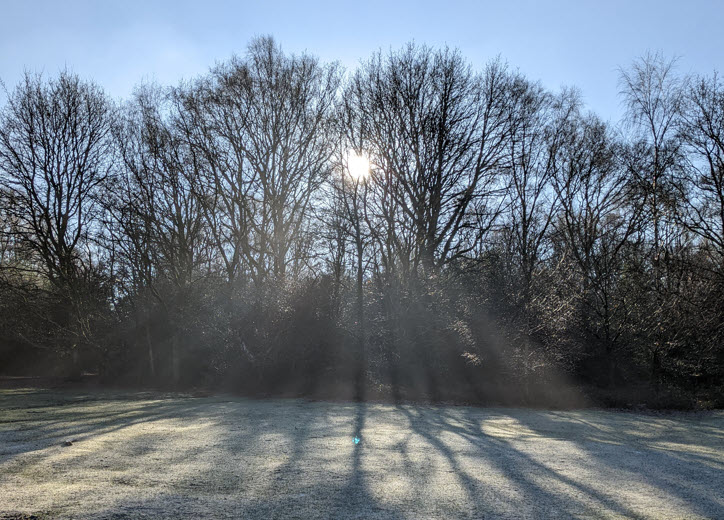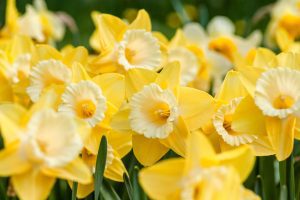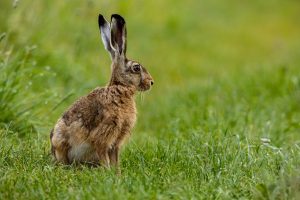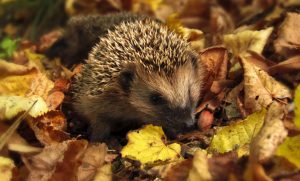March is a funny old month. As I write this, snow is falling and settling three inches deep. And yet I remember a March, some years ago, when we sat out in the garden, basking in the afternoon sunshine at a friend’s birthday party.
April can be similar, with hints of the warmer weather to come and icy blasts to remind us winter has not quite relinquished its grip. When my son was born on Easter Saturday in early April 1996, flurries of snow heralded his arrival. We have celebrated his birthday over the years in every weather imaginable, from snowstorms to April showers to t-shirt and flip-flops weather.
Daffodils
It makes me think about the spring flora and fauna, and how resilient it needs to be. Daffodils that dance in the sun one year, bow under the snow in another. My mum told me that daffodils like the cold and it’s the warmth of the sunshine that does for them. I’m not sure that’s true, they actually prefer full sun to shade. Their end is dictated by their start, which is down to the warming soil and the lengthening days. Once they’re out, they last about a month before they have used up the energy stored in their bulbs.
Hares
The animals too, have to find their feet in the unpredictable early spring. Brown hares are the first to come to mind. Spring is when we see them long ears like radar, bounding across fields or standing up on their hind legs boxing. But how do they manage when the weather is so unpredictable? Well, much like humans, they need food, shelter and warm clothes
The food gives them energy which means they can heat their body when the weather gets cold. Their fur coats will have gown thicker over winter and they will huddle close to the ground and seek shelter out of the wind when they need to. That’s the cold weather dealt with. As it gets warmer, their coats thin. If they get very warm, all animals – including humans – have methods to reduce their body temperature. One main feature is that blood vessels are close to the surface of the body, meaning that heat can be lost quickly. And what’s the most exposed and least…well…hairy part of a hare’s body? Its long ears, which have a network of blood vessels, allowing them to lose heat quickly.
Hedgehogs
Hibernating animals have to take their chances too. Male hedgehogs emerge about 2-4 weeks before females and it’s thought that’s to build their strength and energy for the mating season. The change in daylight hours brings them out and that usually coincides with warmer weather and availability of food. An errant icy blast from the north can put paid to both these crucial survival factors and can be devastating for hedgehogs. This is why March and early April is a good time to leave out food and water for them.
Climate change
Climate change will undoubtedly affect spring activity in the natural world over the next few decades. Already research shows UK plants are flowering a month earlier, comparing pre-1987 stats with post-1987. This has serious knock on effects for whole ecosystems, as different plant and animal species may adapt to the changes in different ways. And of course, the earlier things start happening in the more chance there is that a hit of cold weather will come along and scupper things.
The capriciousness of the weather has always been with us and I am hopeful that nature will continue to adapt and thrive. Whatever happens, one thing is certain and that thing is change itself. As an avid watcher of the seasons, I am used to the feeling that change is the only constant.



